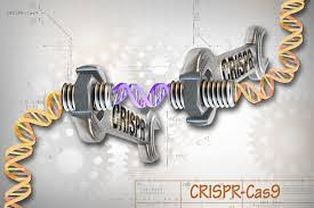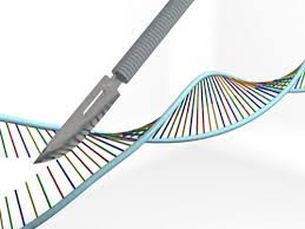 Crispr in action Crispr in action The complete system of DNA repeats, Cas proteins, and RNA molecultes is called the Crispr/Cas system. Chinese researchers at University in Guangdong, China released a study about the use Crispr/Cas9 in human embryos in “Protein & Cell” April 2015. These building successes, however, leave experts concerned about Crispr/Cas9 in human germ cells that include eggs, sperm and embryos because of the many unknowns. Forecasting beyond the obvious beneficial uses, the ethical concerns involving altering the genetic material of future generations without consent persists. “Genome editing started with just a few big labs putting in lots of effort, trying something 1,000 times for one or two successes,” says Hank Greely, a bioethicist at Stanford. “Now it’s something that someone with a BS and a couple thousand dollars’ worth of equipment can do. What was impractical is now almost everyday. That’s a big deal.” Most scientists agree engineering humans in the womb is long way off—if ever. In a rapidly changing world where technology and science are evolving faster than the cultural space they occupy, absorbing and processing for long term consequences should be addressed with the same vigor as a new discovery.
0 Comments
Leave a Reply. |
Dava Castillo
is retired and lives in Clearlake, California. She has three grown
children and one grandson and a Bachelor’s degree in Health Services
Administration from St. Mary’s College in Moraga California. On the
home front Dava enjoys time with her family, reading, gardening, cooking
and sewing. Archives
November 2015
|


